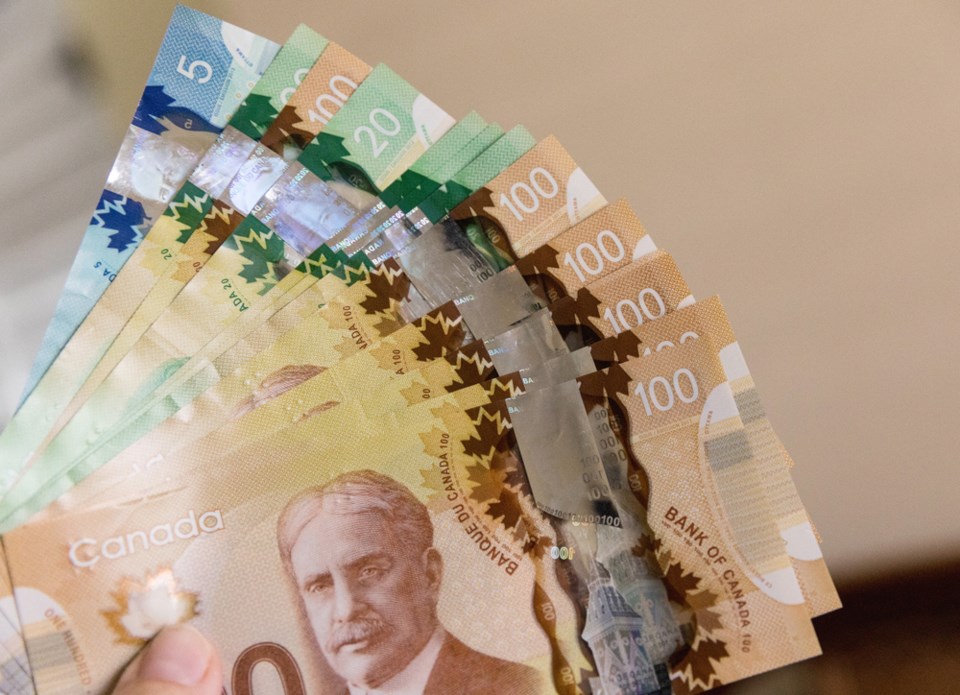Earlier this week both a federal and a provincial budget were delivered. Because of this, we too decided to take a look at money this week.
Valuables
The hobby or practice of coin collecting is known as numismatics and coin collectors are known as numismatists.
Among the most valuable coins? The 1794 Flowing Hair Dollar, the first dollar coin printed in America. It once sold at auction for over $10 million. The 1913 Liberty Head Nickel also remains highly sought after. Here in Canada, there is of course the million dollar Big Maple Leaf coin. Minted in 2007, it was the first million dollar coin ever produced. Only a handful have been produced, although one was stolen in 2017. The whereabouts of the coin remain unknown.
Quirky collectibles include the now defunct Zimbabwean $100 trillion bill. You might also want to look into the tiny island nation of Niue, which regularly produces coins that feature a wide variety of pop culture characters and properties, including Mickey Mouse, Pokémon, Spider-Man and Darth Vader.
Counterfeiting is Serious Business
The Bank of Canada produces bank notes and the Royal Canadian Mint produces coins. If your money comes from somewhere else, you’re in trouble.
Governments take counterfeiting very seriously. Did you know the United States Secret Service was originally created to combat counterfeiting?
The new Canadian $10 bill featuring Viola Desmond includes a number of security features, including raised ink, colour shifting imagery, transparent elements, and metallic symbols and images. The most widely used bills are the $20 and $100, however, so you can expect they will be the target of counterfeiters.
Thousands of counterfeit bills are detected quarterly.
Be sure to check your bills to ensure they are authentic!
Mint-y Fresh
There are two Royal Canadian Mint locations, including one in Winnipeg that focuses on circulating currency, and one in Ottawa that produces collectible and commemorative pieces.
The Winnipeg Mint also produces coins for other nations, including locations as diverse as Australia, Papua New Guinea, Iceland, Yemen, and others.
Over 1 billion circulating coins are produced by the Winnipeg Mint every year.
In terms of milestones, the Loonie entered circulation on June 30, 1987 and the first Toonie on February 19, 1996. The last penny was minted on May 4, 2012.
In addition to striking coins, the Mint also produces medals. In fact, the Ottawa Mint made all the medals for the 2010 Winter Olympics. When placed together, the medals formed the image of an orca.
Medals have also been produced for the Department of National Defence, Veteran Affairs Canada, and the Governor General of Canada.
A Digital World?
Bring your debit card — Canada continues to move closer to becoming a cashless society. One report suggests that Canada leads the world in embracing the cashless trend. And according to a recent Payments Canada report, cash use continues to decline, with debit and credit purchases rising. E-transfers are becoming more popular for both businesses and individuals.
New Shoes
You may have noticed that whenever a budget is about to be delivered there is usually some discussion about shoes. That is because it is an odd and distinctly Canadian tradition that finance ministers purchase new shoes before delivering a budget.
The practice dates back to 1960, when Donald M. Fleming purchased a new pair. The practice stopped for the next three consecutive budgets, but then Mitchell Sharp did so when he was told it was a tradition. It was not.
Sometimes, ministers get a little playful with their choices. For example, Jim Flaherty choose to re-sole an old pair of shoes in 2008, to demonstrate that the budget was financially prudent.
Regardless, it is a quirky Canadian tradition!




